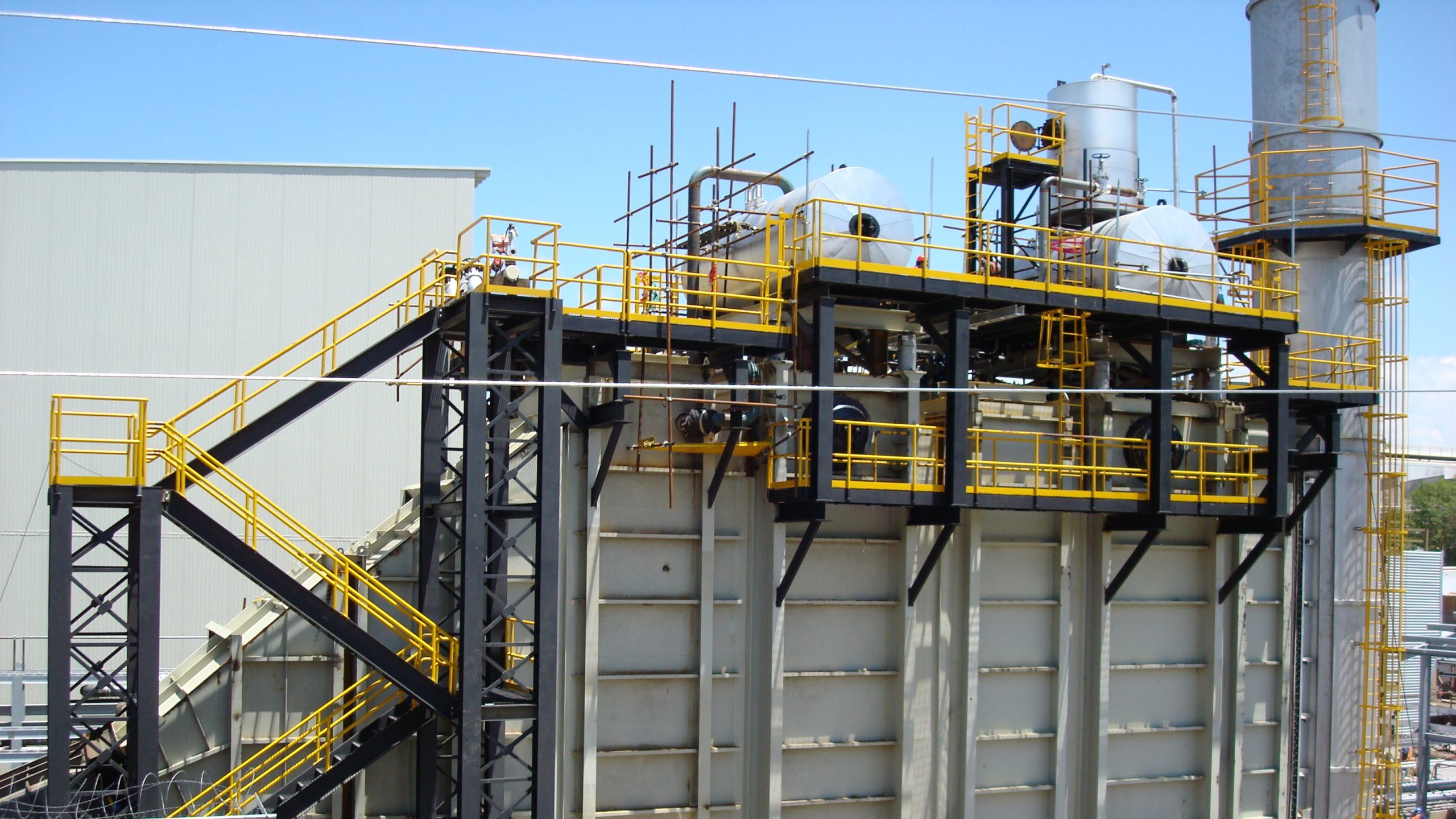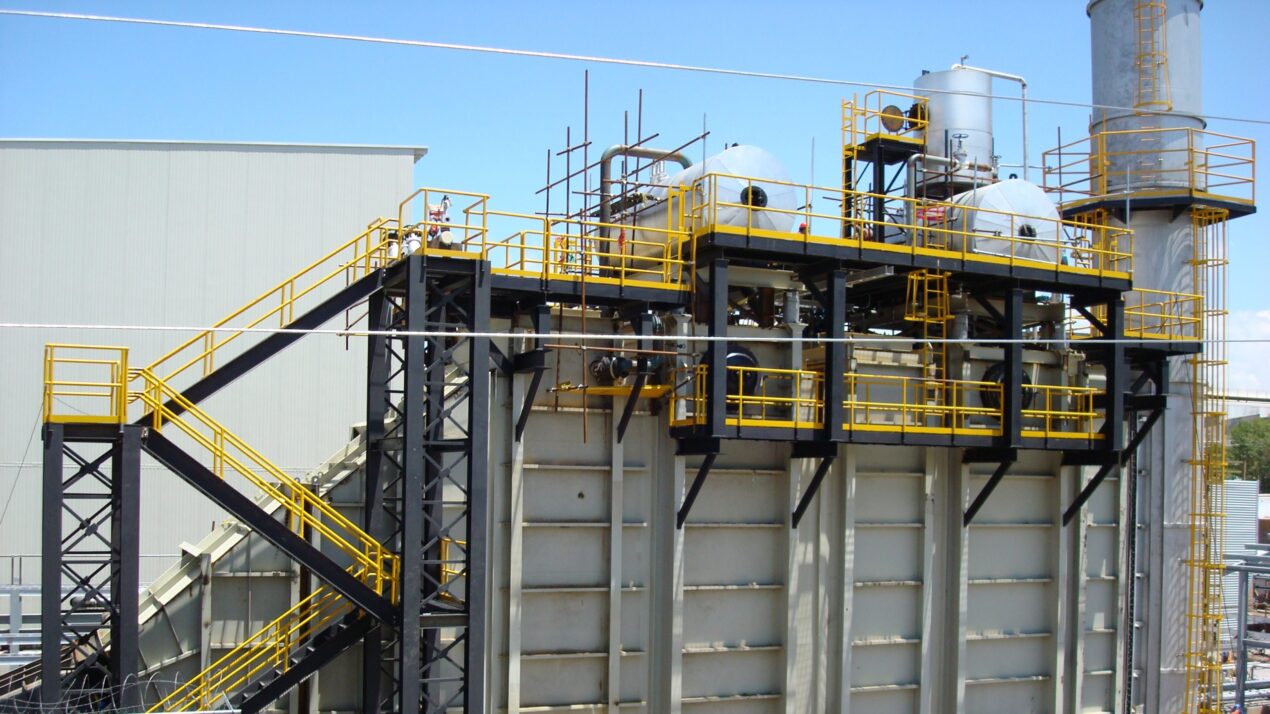
Policy Solution
Waste heat reduction
Incentive

Summary
Waste heat contributes to the urban heat island effect and has been linked to overall warming. Heat pumps and heat recovery chillers can move heat to different locations to be applied to other uses instead of being vented directly onto the street.
Implementation
Offer incentives to property owners and industries to transition to systems that recycle, recover, and reuse waste heat through heat pumps and recovery chillers.
Considerations for Use
Waste heat reduction can happen through many of the solutions in this toolkit like district cooling, weatherization, mechanical cooling, among others.
Overview
Climate:
Cold, Hot/Dry, Hot/Humid, TemperatePolicy Levers:
IncentiveFinancial and non-financial incentives to encourage stakeholders to implement heat risk reduction and preparedness solutions, including rebates, tax credits, expedited permitting, development/zoning bonuses, and more.Trigger Points:
City planning processesIncludes city initiatives such as the development of climate action plan, pathway to zero-energy, master plan, transit plan, energy mapping etc.Intervention Types:
Buildings and Built FormSectors:
Buildings, Public Works
Case Studies
Impact
Target Beneficiaries:
Property owners, ResidentsPhase of Impact:
Risk reduction and mitigationMetrics:
Energy savings
Implementation
Intervention Scale:
BuildingAuthority and Governance:
City government, State/provincial governmentImplementation Timeline:
Long-term (10+ Years)Implementation Stakeholders:
City government, IndustryFunding Sources:
Private investment, Public investmentCapacity to Act:
HighBenefits
Cost-Benefit:
HighPublic Good:
N/AGHG Reduction:
HighCo-benefits (Climate/Environmental):
Reduce greenhouse gas emissionsCo-benefits (Social/Economic):
N/A
